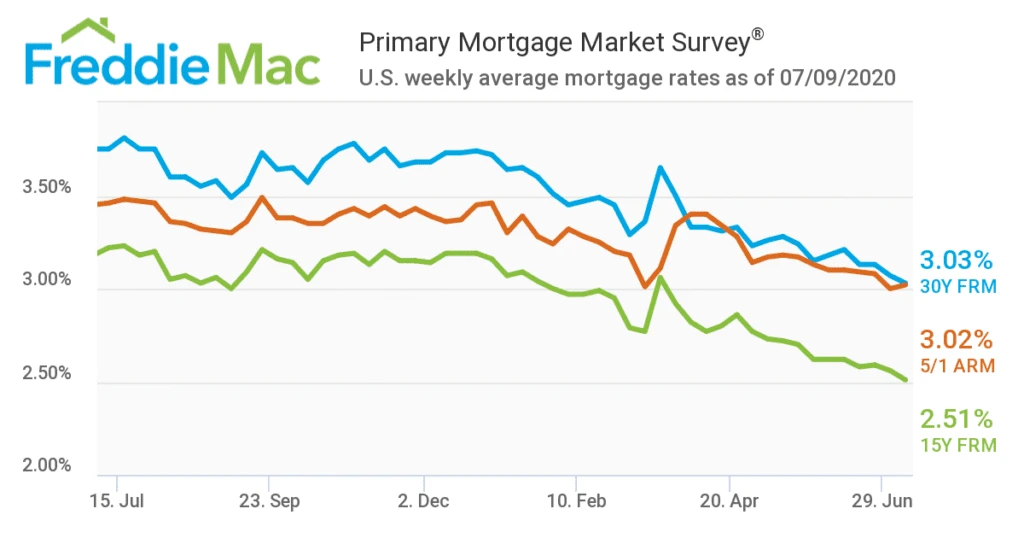Process Mining vs. Process Mapping – What You Need to Know
The concept of process mining has been around for years; it’s only recently become popular as advances in digital technology make it an attractive alternative to traditional process mapping.
What Is Process Mining?
As Gartner defines it, “Process mining is designed to discover, monitor and improve real processes (i.e., not assumed processes) by extracting knowledge from event logs readily available in today’s information systems.”
Simply put, process mining identifies process inefficiencies by following the digital trail of data through a targeted system.
How Is It Different from Traditional Process Mapping?
Process mining is significantly quicker and more accurate than mapping through interviews and flowcharting.
- Process mapping is like asking a lot of people for directions.
- Process mining is like using your GPS.
Here’s a detailed comparison:
1. Process Mapping: Talk… Talk… Talk
Traditional process mapping starts with interviews – lots of them – to understand a process completely.
- It usually begins top-down: senior leaders → department heads → supervisors → staff → internal customers → other stakeholders.
- Interviews are time-consuming and subjective. Facts may differ due to opinions or competing agendas.
- Missing key stakeholders can result in an inaccurate and costly process map.
2. Process Mapping: Might As Well Jump
After interviews, the actual mapping begins:
- Often done manually on whiteboards or using software.
- The team then analyzes the “as-is” map and creates the “model-to-be.”
- Without hard metrics, it’s easy to jump to conclusions about needed fixes.
- Departments may resist changes if no measurable data supports them.
3. Process Mining: Data… Data… Data
In contrast, process mining automatically visualizes processes from transaction data.
- It discovers what is actually happening using event data captured in enterprise systems.
- Employees, customers, and vendors generate digital footprints in ERPs, CRMs, databases, log files, and audit tables.
- Process mining creates visualizations and analysis charts for process improvement faster and more accurately than traditional methods.
- It identifies process variations and exceptions that interviews might miss.
4. Process Mining: Here’s the Issue, Here’s What You Do
Process mining significantly reduces discovery time and effort while improving accuracy.
Key Outcomes of Process Mining
- User Training: Enhance employee efficiency through better training.
- Process Change: Add, change, or remove business activities for improved workflows.
- Process Optimization: Automate tasks for better performance, compliance, customer engagement, or cost reduction.
Because it’s data-driven, process mining delivers measurable impact. Over time, it can evolve into process monitoring, continuously analyzing current performance – something traditional mapping struggles to do.
Why Work With Prolifics
Prolifics brings the experience and expertise to help organizations leverage process mining effectively.
The “New Normal” is here. You have a vision – don’t let technology slow you down. Our solutions and experience will help you achieve it:
- Review and reevaluate your plans
- Start where it makes the most sense
- Deliver measurable results
Vision to Value. Faster. It’s more than a tagline; it’s how we deliver solutions and services.
Email solutions@prolifics.com












